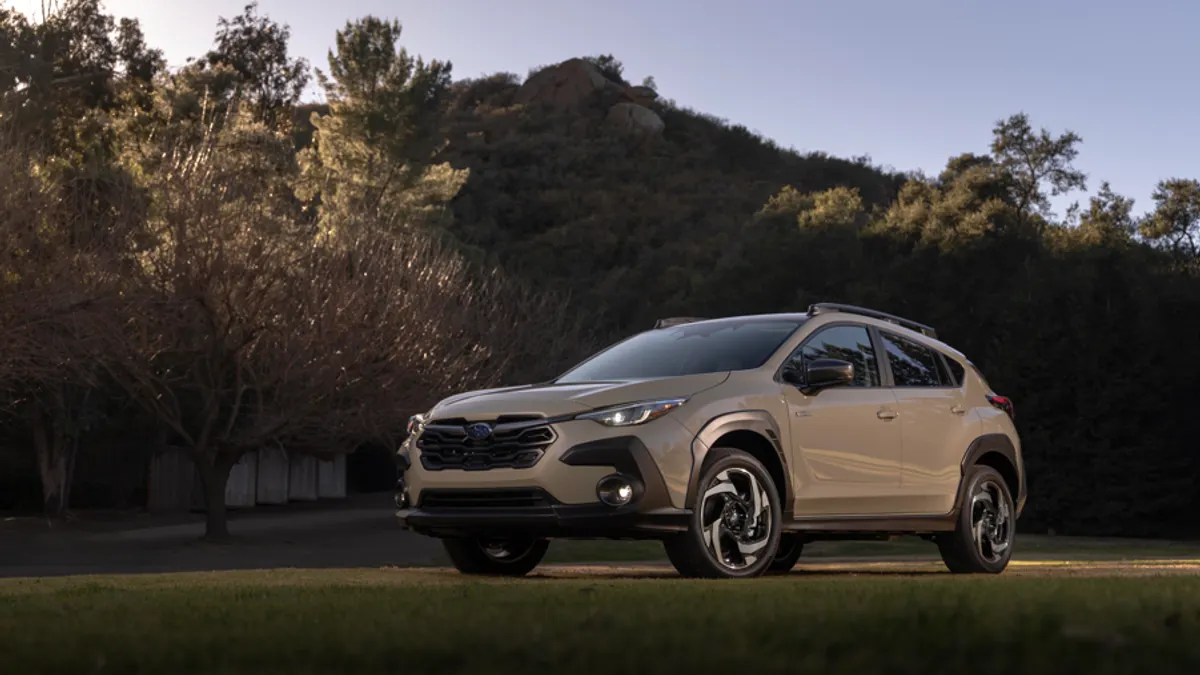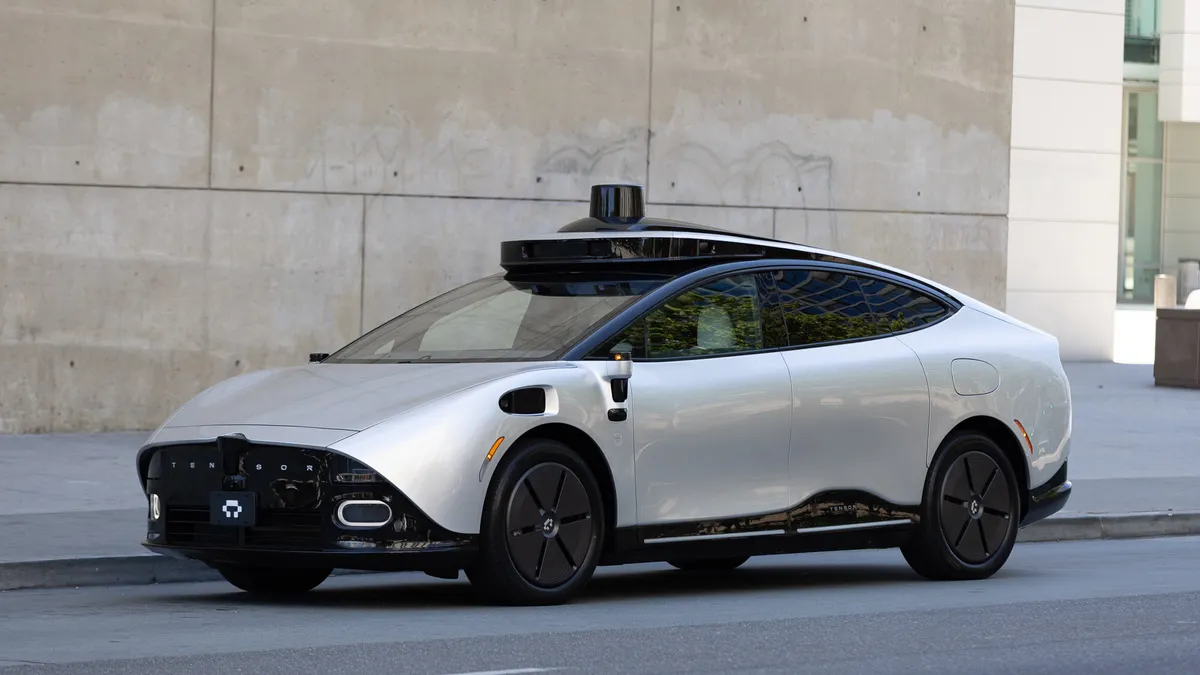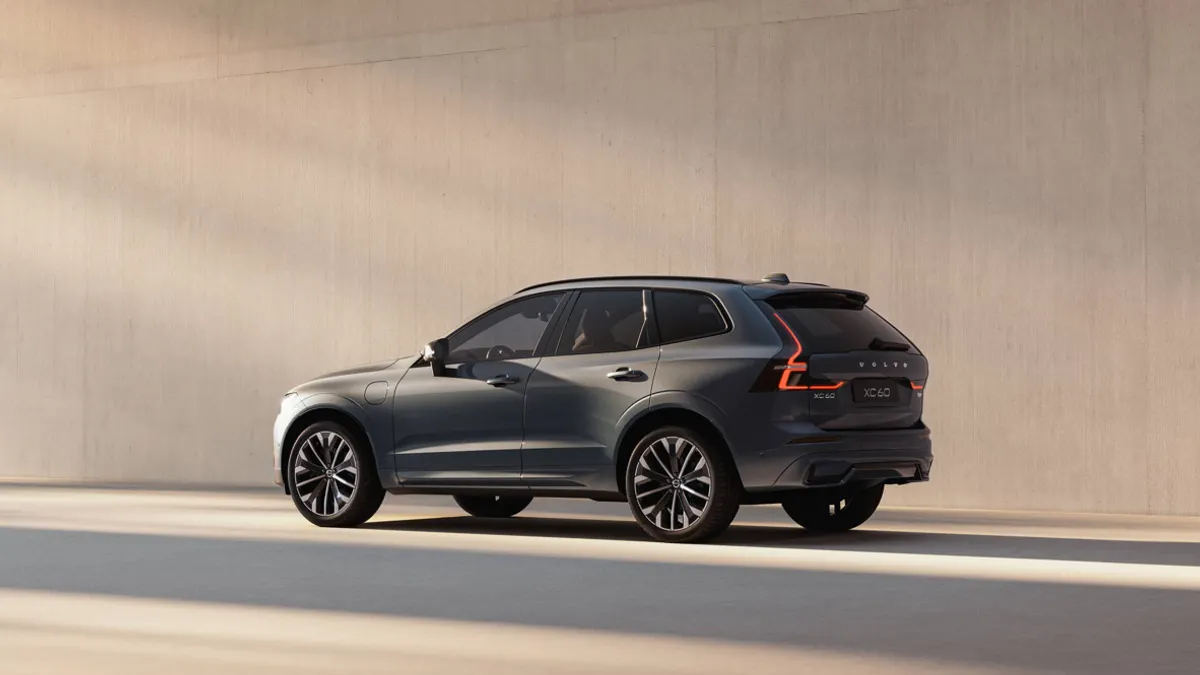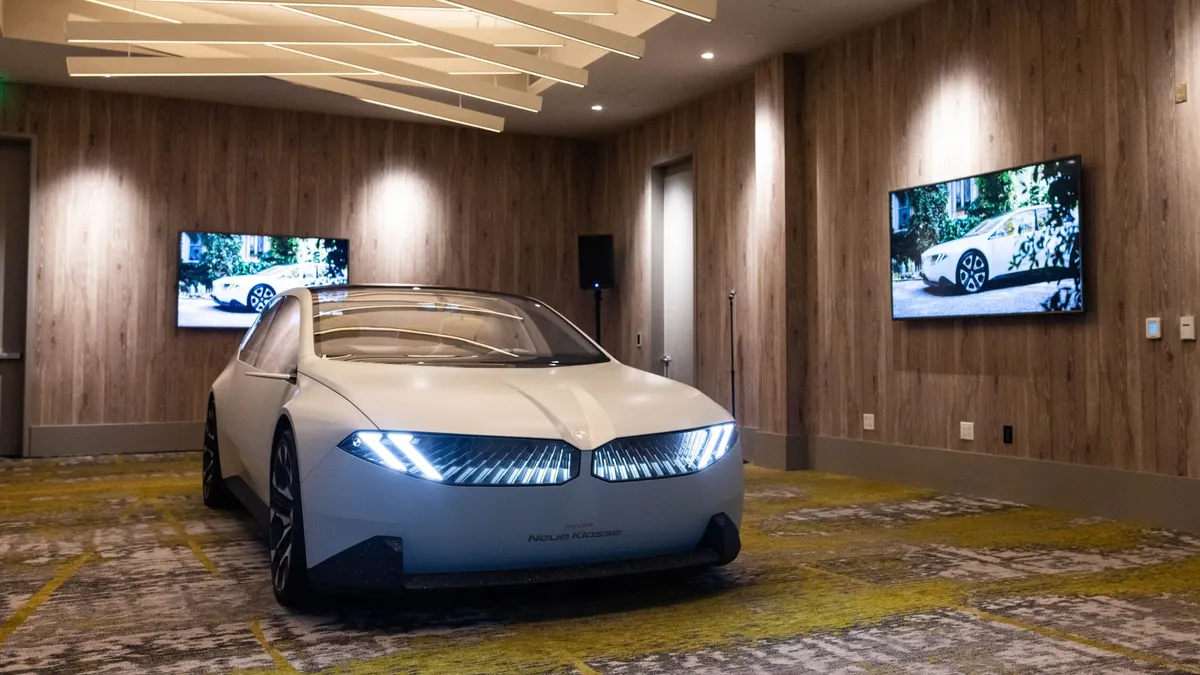Automakers are changing their approach to design as new technologies permeate the industry.
Infotainment screens, backup cameras and a growing number of active safety technologies are leading designers to challenge convention, going so far as to experiment with seemingly radical solutions like translucent body panels. While some design trends are partly a reaction to design aesthetics that preceded them, others are responses to changes in technology, consumer preferences and government regulation, experts told Automotive Dive.
Read on to learn more about how four trends are shaping automotive design, particularly as software-enabled, autonomous and electric vehicles take root in the industry.
1. Technology is reshaping automotive interiors
Automakers are adapting their approaches to interior design to incorporate a growing number of technologies.
Designers are creating interiors with straight, simple surfaces rather than curves to accommodate a greater number of large infotainment screens, said Raphael Zammit, associate professor and chair of the transportation design graduate program at the College for Creative Studies.
While designers have always had to deal with square and rectangular interior components, screens have posed a unique challenge as they’ve grown in size and number, Zammit said.
“The screen is going to be a screen. It's going to be flat, and it's going to be square. That fought everything,” Zammit said. “So, now the trend is to just go with it instead of against it.”
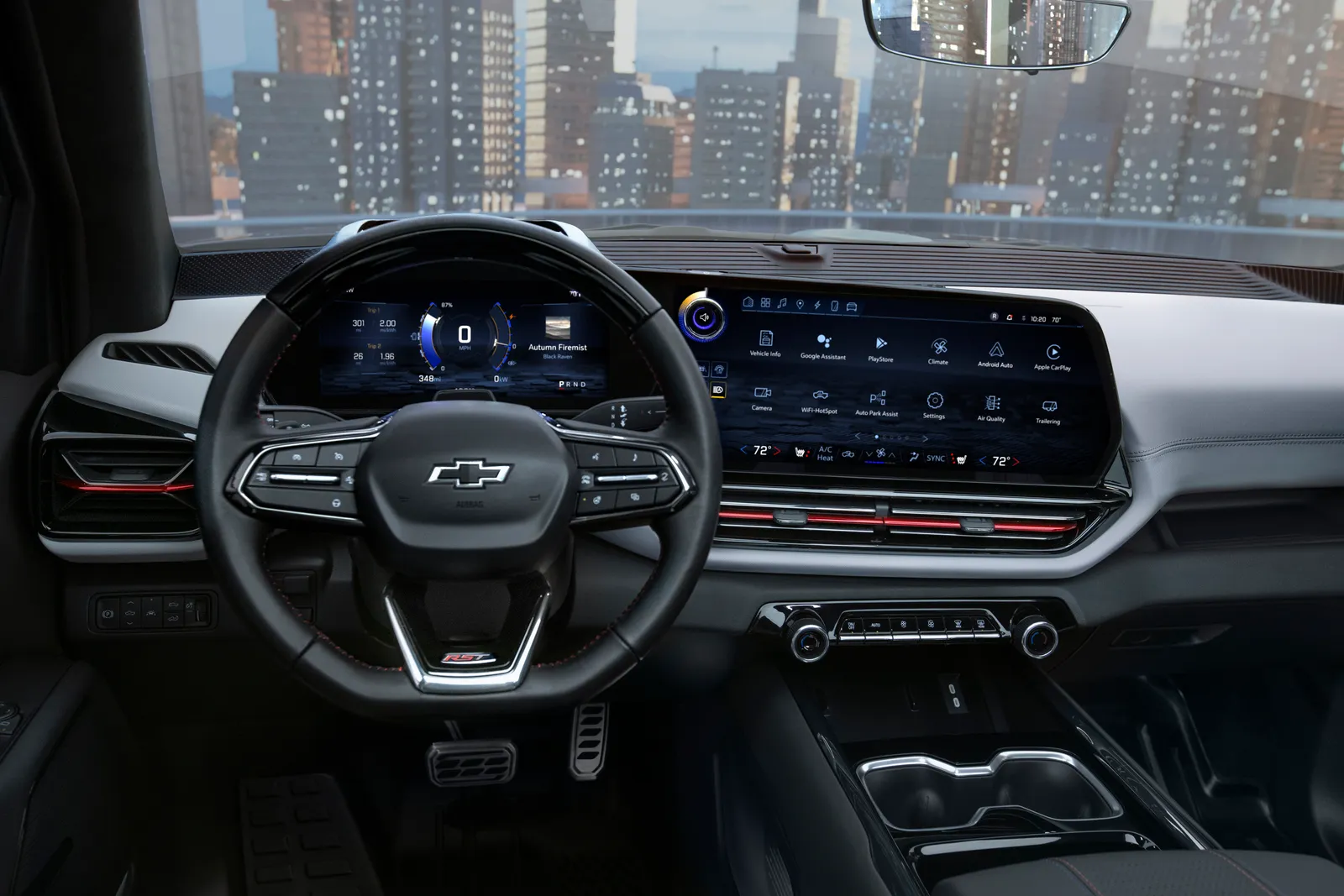
Automakers and suppliers are also learning how to blend a wider range of controls, including mechanical switches, voice commands and cameras, to create more intuitive and luxurious interiors, said Jeff Stout, executive director of global innovation at supplier Yanfeng. For instance, Yanfeng and other companies have developed systems that use cameras, sensors and other devices to adjust a driver’s seating position or interior temperature automatically.
Such technologies make it easier for consumers to get the experience they want without fumbling with countless knobs, buttons and touchscreen menus.
That can be especially important for older adults, who make up a growing share of the market, experts said. About 1 in 6 people worldwide will be age 60 or older by 2030, according to the World Health Organization. The WHO said older adults may, on average, be more likely than other populations to have certain hearing and vision conditions.
“Car design is naturally adapting to meet the needs of these older drivers,” said Ryan Campbell, project lead designer at Nissan Design America, in an email. “The biggest innovations for this demographic would be advanced driver-assistance systems, simpler and more personalized [user interfaces], and a quiet/distraction-free electric vehicle (EV) experience.”
2. Backup cameras give auto designers more exterior flexibility
Backup cameras, which became mandatory in the U.S. in 2018, also give designers more leeway on exterior design because they don’t need to be as concerned about rear visibility, said Kristin Kolodge, vice president of auto benchmarking and mobility development at J.D. Power.
But automakers should be cautious about relying too heavily on technology to solve rear visibility issues, Kolodge said. Many consumers may prefer to use a rearview mirror instead of a camera for a wide variety of reasons. People who wear bifocal glasses, for instance, may avoid using a backup camera because it makes them nauseous, Kolodge said.
“Technology doesn’t solve everything,” Kolodge said. “It comes with risk.”
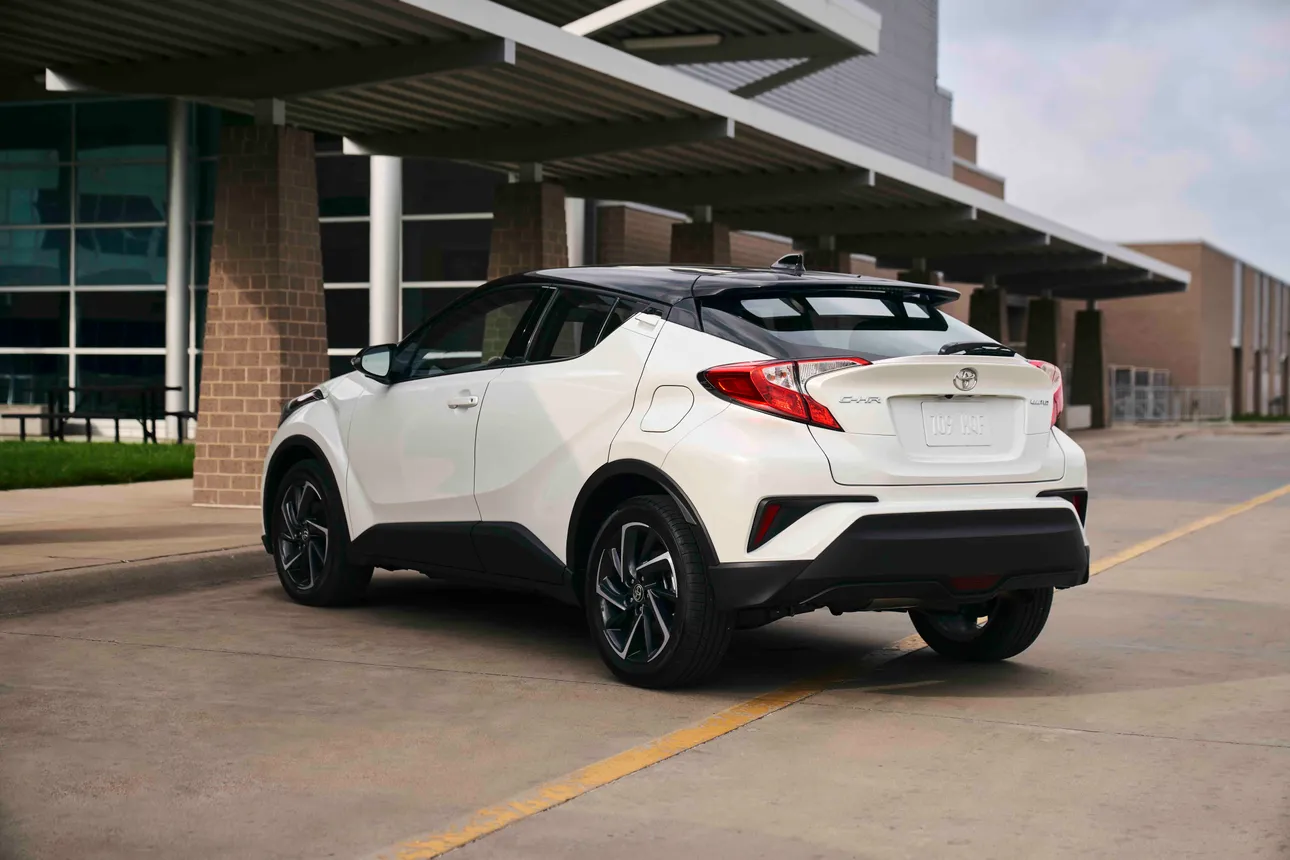
In addition, the U.S. National Highway Traffic Safety Administration said in May that it plans to add pedestrian crashworthiness tests to its New Car Assessment Program, which provides consumers with vehicle safety information, to address growing concerns over traffic fatalities.
“Vehicles must be designed to protect their occupants while increasing safety for those outside the vehicle, too,” Ann Carlson, who was NHTSA’s chief counsel at the time, said in a May 2023 press release.
A similar program in Europe, Euro NCAP, already includes information about pedestrian crash testing, which has encouraged automakers to redesign the vehicles they sell in Europe. In response, car companies have increased the space between a vehicle’s hood and hard engine components to reduce injuries when a pedestrian is struck, according to Car and Driver.
3. China's quick regulatory pace spurs innovation
Regulations in China could open the door to more innovation in automotive design, Stout said. While regulators in China have historically adopted vehicle standards similar to those in the U.S. and Europe, that’s beginning to change, especially when it comes to new technologies like autonomous vehicles.
Officials in China are quicker to change regulations to adapt to changes in technology than regulators in the U.S. and Europe, Stout said. As a result, technologies like zero-gravity seats are already in production in China, even though they aren’t available in other major markets.
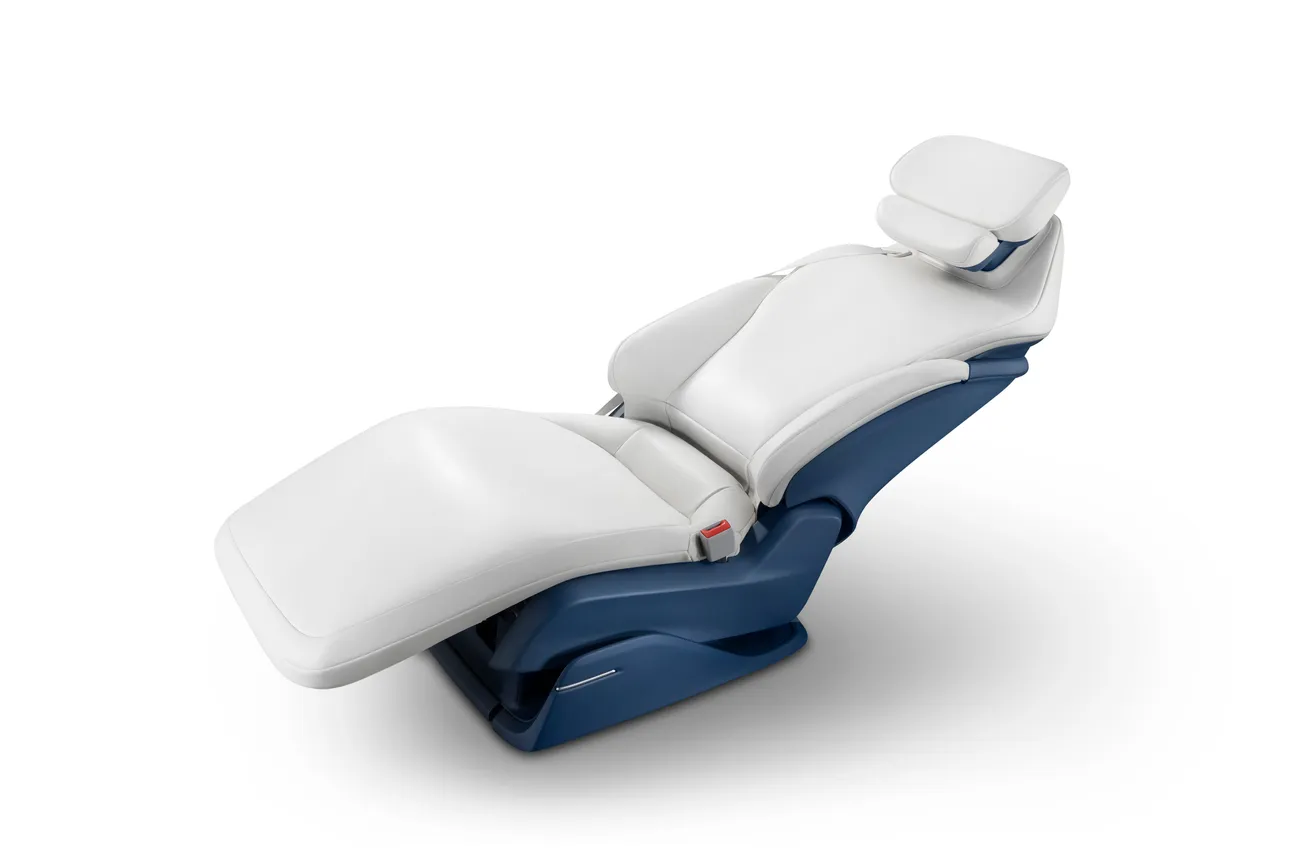
Automakers in China are also more willing to experiment with new designs than established vehicle manufacturers based in North America, Europe, South Korea and Japan. Unlike legacy automakers, manufacturers in China lack brand heritage, which “gives them a lot more freedom to explore alternatives,” Stout added. “They'll try anything.”
Translucent body panels are another trend that could emerge soon, Stout said. Such panels could make it easier to transmit sensor data from radar, lidar and other systems that enable autonomous driving and advanced safety systems. Translucent body panels may also allow designers to add new types of lighting to communicate information. Ride-hailing vehicles, for instance, could show the driver's name to passengers before they open the door.
China-based automakers have already expressed interest in the technology and may adopt it before other car companies, Stout said.
4. EVs push automakers towards aerodynamic and other new designs
Automakers, including Hyundai, are increasingly focused on improving aerodynamics to boost EV driving range, Kolodge said
For instance, many EV makers, such as Tesla, use flush-mounted door handles to lower a vehicle’s drag coefficient. They’re also considering reducing the size of exterior mirrors or potentially replacing them with cameras entirely.
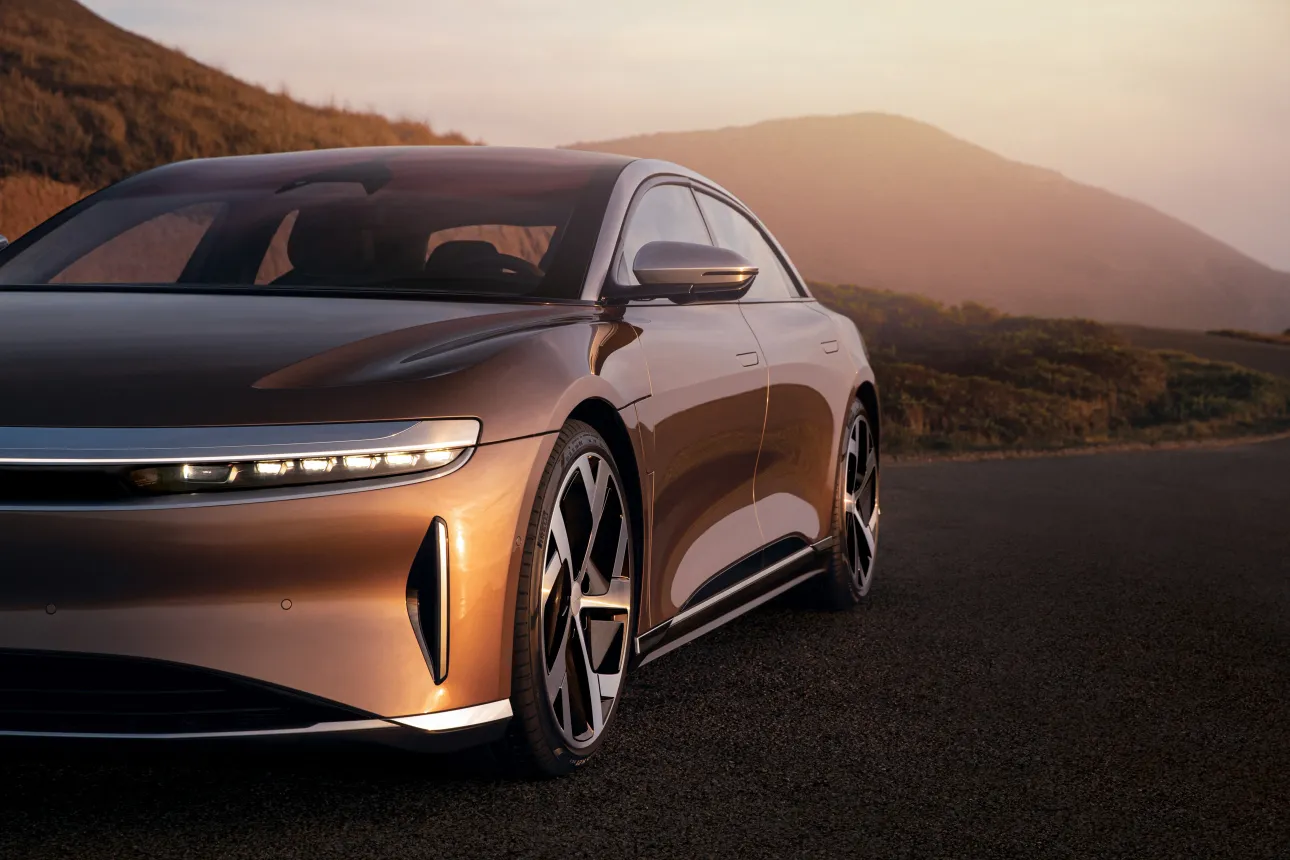
But those flush-mounted door handles are causing problems for drivers, with EVs making up 7 of 10 models with door handle issues, according to the 2023 J.D. Power Initial Quality Study. In addition to long-term reliability issues, many consumers say the low-profile door handles make it more difficult to get in their vehicle by making it “a two-handed operation” or sticking in poor weather, Kolodge said.
“It's not getting better with time,” Kolodge said. “I don't know that that's a bandwagon I would recommend jumping on.”
In many instances, EVs also give automotive designers more space to add storage, such as front trunks and large interior storage cubbies, which many consumers enjoy.
“The architecture for EVs really opens up that interior cabin space,” Kolodge said. It’s “quite a gift for designers.”








